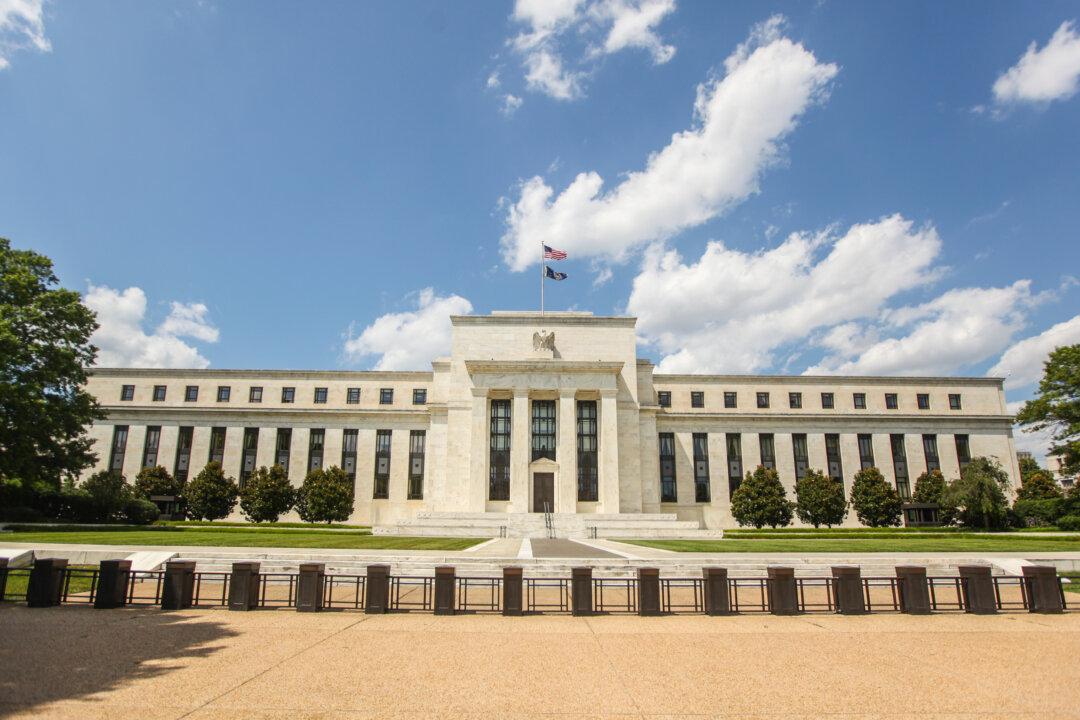We are living in very unaccustomed times. We are living without the Fed’s quantitative easing, the magic potion which is said to have ended the financial crisis and kept our economy going since. QE, which began in November 2008, ended on Tuesday, Oct. 28.
Even before she became Fed chair, Janet Yellen had this to say about QE when asked if the program to buy large quantities of government bonds and mortgage securities works: “My short answer is ‘Yes.’”
So what about the long answer? Yes, after injecting almost $4 trillion of new money into the system since 2008, the stock market is up, unemployment has come down, and inflation seems under control.
However, underneath the surface and contrary to the Fed’s narrative, the program has created huge costs for the middle class. Even on the very surface, it has mostly benefited wealthy owners of assets and financial speculators.
Cost Pressure
“I would say 75 percent of the people did not benefit at all. In fact they got hurt because of rising prices in food, energy, and rent,” said Bill Hassiepen, of the independent rating agency Egan Jones. “The average citizen got hurt.”
He makes the point that speculators bid up all kinds of commodities in order to protect themselves against a falling dollar, a side effect of money printing extravaganzas such as QE.
In addition, he said they got their hands on the new money first: “All of that was fuelled by the continuing buying of bonds by the Fed. The Fed put additional liquidity in the market and the only entities banks were lending to were hedge funds.”
Case in point: The consumer price index for meats, poultry, fish, and eggs is up 30 percent since the end of 2009. Dairy products: up 15 percent. Rent: up 11 percent.
Victor Sperandeo, founder and principal of asset management firm EAM Partners identifies another victim of this policy: “It really hurt the person on a fixed income that is retired. If you are retired and living off fixed income you are living from the cash flow of your bond portfolio. Those were the people who were hurt the most.”
The benchmark rate for the 10-year Treasury bond went from an already low 3.73 percent at the end of 2009 to an even lower 2.30 percent in October 2014. This yield is far too little to make up for the price increases of staple products named above. Even if you own stocks, the dividend yield of the S&P 500 index stands at 1.9 percent, far below its average of 4.4 percent.
On the upside, “Certainly it helped keep rates on the long end low and create some cheap mortgages and refinancing. Some average people got some benefits from it,” said Sperandeo.





